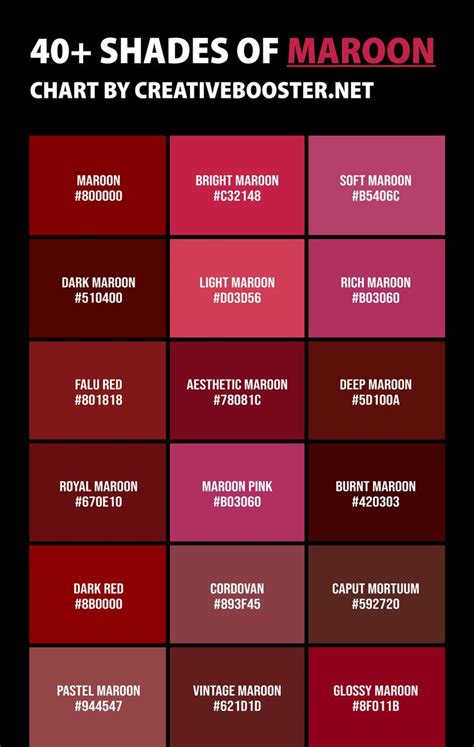Introduction
Braiding hair is an art form that has been practiced for centuries. From intricate cornrows to elegant fishtails, braids add a touch of style and sophistication to any look. Whether you’re a professional stylist or a DIY enthusiast, mastering the art of braiding is essential for creating stunning hairstyles.

Types of Braiding Hair
Synthetic Braiding Hair
Synthetic braiding hair is made from synthetic fibers such as Kanekalon or Toyokalon. It is available in a wide range of colors, textures, and lengths, making it a versatile option for braiding styles.
Human Hair Braiding Hair
Human hair braiding hair is made from 100% human hair, offering a more natural look and feel. It is more expensive than synthetic hair but can last longer with proper care.
How to Choose the Right Braiding Hair
Choosing the right braiding hair depends on several factors:
- Desired style: Consider the type of braid you want to create. Different braids require different hair textures and lengths.
- Hair color: Match the braiding hair to your natural hair color or choose a contrasting shade for a bolder look.
- Hair texture: Select braiding hair that has a similar texture to your natural hair. This will ensure a seamless blend and prevent the braids from becoming loose.
- Quality: Opt for high-quality braiding hair that is durable and tangle-free. This will prevent breakage and ensure the hairstyle lasts longer.
Braiding Techniques
Basic Braiding
- Three-strand braid: The most common and versatile braid, suitable for any hair length and texture.
- Four-strand braid: A variation of the three-strand braid, creating a more intricate and stylish look.
- Five-strand braid: A complex and elaborate braid that adds volume and depth to the hairstyle.
Advanced Braiding Techniques
- Cornrows: Tightly braided rows that follow the scalp, creating a protective hairstyle and adding definition.
- Fishtail braid: A delicate and romantic braid with a zigzag pattern that resembles a fish’s tail.
- French braid: A classic braid where sections of hair are gradually added from the sides as you braid down the head.
Styling and Maintenance
Styling Braided Hair
- Add accessories: Embellish braids with beads, hair rings, or ribbons for a touch of glamour.
- Experiment with buns and updos: Create elegant updos by coiling or pinning braids in various ways.
- Use hairspray or mousse: Set braids in place and prevent frizz with a light application of hairspray or mousse.
Maintaining Braided Hair
- Wash and condition: Wash braided hair regularly using a mild shampoo and conditioner.
- Avoid excessive manipulation: Brushing or combing braids too frequently can cause breakage.
- Moisturize: Apply a leave-in conditioner or hair oil to keep braids hydrated and prevent dryness.
- Protect from heat: Avoid exposing braided hair to excessive heat from blow dryers or flat irons.
- Rebraid regularly: Retouch braids every 2-3 weeks to tighten them and prevent them from becoming loose.
Common Mistakes to Avoid
- Using too much tension: Tightly braided hair can cause discomfort and damage the hair follicles.
- Over-styling: Avoid excessive use of hair accessories or styling products, as this can weigh down braids and make them look bulky.
- Not moisturizing: Dry, brittle braids are more prone to breakage. Regularly moisturize braids to keep them healthy and shiny.
- Ignoring rebraiding: Failing to rebraid hair regularly can result in loose, untidy braids that are prone to tangling and frizz.
- Using low-quality hair: Cheap, synthetic braiding hair can tangle easily and damage your natural hair. Invest in high-quality hair for durable, long-lasting braids.
Innovative Applications
“Braiding Art”
Braiding hair has been taken to new heights by artists who create intricate and colorful braids that resemble works of art. These braids can be used to adorn clothing, accessories, and even furniture.
Tables
Table 1: Braiding Hair Types
| Type | Material | Advantages | Disadvantages |
|---|---|---|---|
| Synthetic | Synthetic fibers | Budget-friendly, wide variety of colors and textures | Less natural-looking, may tangle |
| Human Hair | Human hair | Natural look and feel, durable | Expensive, may require special care |
Table 2: Basic Braiding Techniques
| Braid | Description | Suitable Hair Length | Versatility |
|---|---|---|---|
| Three-strand braid | Braiding three strands of hair together | Any length | Versatile, suitable for all hair types |
| Four-strand braid | Variation of three-strand braid, adding a fourth strand | Any length | More intricate, adds texture |
| Five-strand braid | Complex braid involving five strands of hair | Longer hair (shoulder-length or longer) | Elaborate, adds volume and depth |
Table 3: Braiding Hair Care Routine
| Step | Frequency | Purpose |
|---|---|---|
| Wash | Every 7-14 days | Cleanse braids and remove product buildup |
| Condition | After washing | Replenish moisture and prevent dryness |
| Moisturize | Daily or as needed | Keep braids hydrated and prevent breakage |
| Rebraid | Every 2-3 weeks | Tighten braids and prevent them from becoming loose |
Table 4: Common Braiding Mistakes and Solutions
| Mistake | Solution |
|---|---|
| Tight braiding | Avoid excessive tension to prevent discomfort and damage |
| Over-styling | Use hair accessories and styling products in moderation |
| Not moisturizing | Regularly apply leave-in conditioner or hair oil to keep braids hydrated |
| Ignoring rebraiding | Rebraid hair every 2-3 weeks to maintain tightness and prevent tangles |
| Using low-quality hair | Invest in high-quality braiding hair to prevent damage to natural hair |
